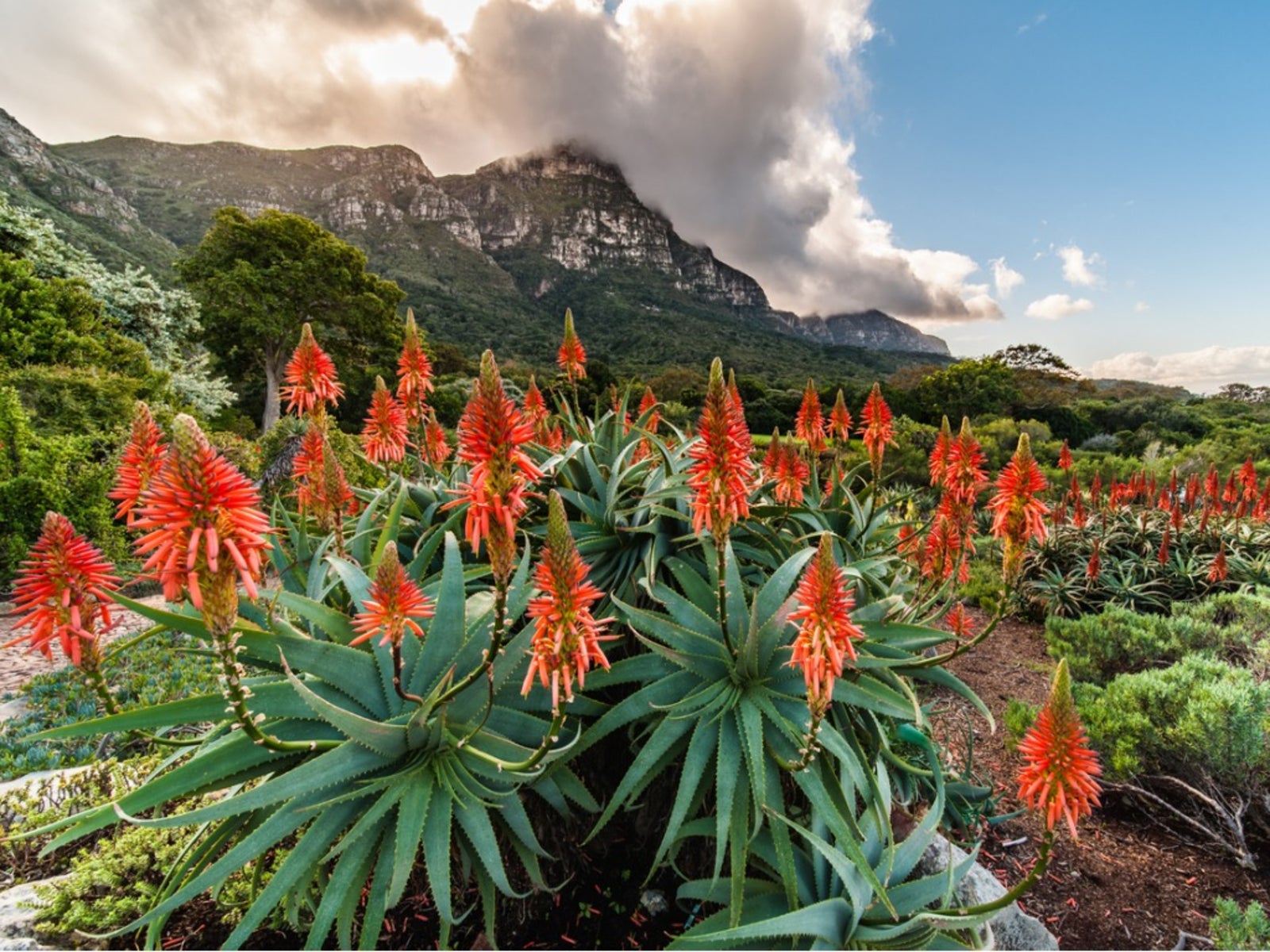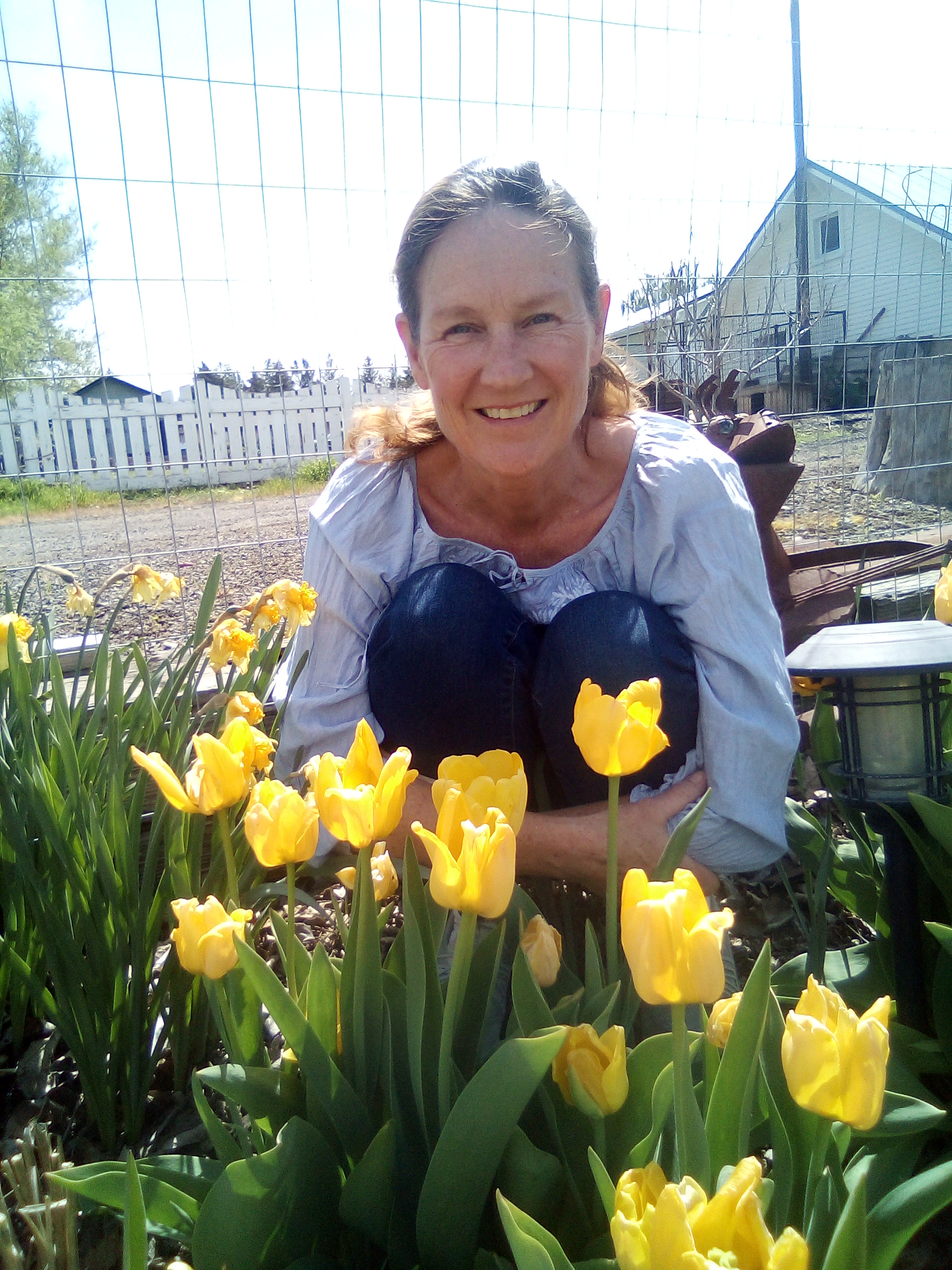Learning From South African Gardens - South African Landscaping Style


South Africa has a USDA hardiness zone of 11a-12b. As such, it provides warm, sunny conditions, perfect for many varieties of plants. The one drawback to South African landscaping is water wise gardening. The average rainfall is only 18.2 inches (46 cm.) which is half the global average. The tendency to dryness makes gardening in South Africa a bit difficult unless you select native plants. Even with such a challenge, South African gardens can have amazing diversity and color.
The typical South African gardening style combines native plants with edible and exotic specimens. The seasons are opposite to many western countries, with typical fall and winter the warmest and wettest months, while the months of summer are cooler and dry. South African gardens must take into account when rainfall will occur, and how to protect plants from May to September when the chance of rain is minimal.
Gardening in South Africa
Because the weather is so warm consistently year round, you can garden in any season. This happy fact means South African gardens can produce food and flowers at any time. In order to create cool outdoor spaces, it may be important to include drought tolerant trees. These will keep the soil cool and provide shade for you and wildlife. Understory plantings are shade tolerant and should have similar moisture needs to the larger plants. Water features and other sources of water help out birds and other wildlife but will also provide ambient humidity and cool the air. Adding in features such as statues, rockeries, and other inorganic items will help reduce water usage while adding unique touches to the garden.
What Can You Grow in South Africa
Any plant that will tolerate the heat can be grown in South Africa. However, sticking to those that are native will help tremendously with the water bill. Protea is a wild flowering plant with a prehistoric beauty. Red-hot pokers with their descriptive name, create bright orange highlights in the garden. Strelitzia, better known as bird of paradise, is a towering plant with a striking crane-like bloom. Other natives are:
- Agapanthus
- Jasmine
- Coral Tree
- Ochna
- Arum lilies
- Plumbago
- Gladiolus
- Aloe
- Gerbera
- Clivia
- Plectranthus
- Crocosmia
- Nemesia
- Pelargonium
- Gazania
- Cape Heath
Tips on South African Landscaping
Place plants with the same cultural needs in the same beds. For instance, Protea does not like fertilizer and should be grouped with other low nutrient plants. Use a targeted watering system, such as drip irrigation, to deliver water directly to roots. Avoid watering at the height of the day, when much of the moisture will evaporate. Consider using slow release tree watering bags on fruit and ornamental trees. Use mulch around open spaces of the garden to conserve moisture and cool the soil. Simple little tricks can keep your plants happy and your water usage conservative.
Sign up for the Gardening Know How newsletter today and receive a free copy of our e-book "How to Grow Delicious Tomatoes".

Bonnie Grant is a professional landscaper with a Certification in Urban Gardening. She has been gardening and writing for 15 years. A former professional chef, she has a passion for edible landscaping.